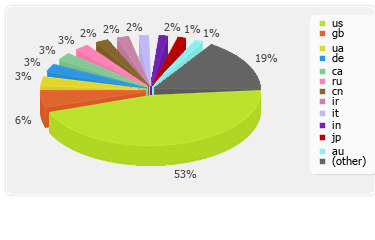In just under two years, I’ve seen three packages called MacWrite, and the latest version is by far the best. MacWrite II version 1.1 isn't a major upgrade, bul it does pack enough improvements and new features to earn that extra half mouse I withheld when I looked at version 1.0 a few months ago.
Because this is essentially a minor upgrade, all my positive comments from the August 1989 review still apply, MacWrite II is an excellent program — it's easy to use, is powerful, and has a terrific interface. The most significant negative aspects, thankfully, have been fixed.
MacWrite II version 1.0 was a dog on 68000-based machines, and that is the primary reason it was denied a higher mouse rating. Formatting and scrolling speeds are acceptable, but even an average typist can outtype the display without too much effort. Version II has addressed the problem bul not totally conquered it. The display speed is much better, but the overall feel is still slightly sluggish. A fast typist (someone in the 80-word-per-minute range or faster) working on a Mac Plus or SE could probably still outtype the screen. This is a significant improvement, nonetheless, and considering the amount of screen information the program supports, it may be unrealistic to expect anything faster.
But version II's most significant improvement is Claris' adoption of an open-hooks architecture that the publisher calls XTND. It lets the program use DataViz's MacLinkPlus Translators (or any other developer's translators that meet Claris' published specifications) directly from a pop-up menu. Opening a foreign document or saving a file in a different format is easy: Just place the appropriate translator that comes with MacWrite II in a special folder in your System folder, and that translator will appear on a pop-up menu in MacWrite II (adding the MacLinkPlus Translators requires a slightly different procedure — you must put the MacLinkPlus Translators file into the same folder as MacWrite II). By taking this approach, MacWrite II can now read and write to as many different formats as you have translators (at last count, you could get more than 100 in DataViz's MacLinkPlus set alone). This makes MacWrite II an excellent choice for companies that are using PCs, Macs, and even mainframes.
Claris has also added several small but welcome refinements. For example, version 1.1 now has a Go to page option — although surprisingly, it can't be accessed with a menu command, but requires a Command-key combination or a double click on the current page indicator (shades of Word 3.0!). You can also now view the Font menu in the standard System font (Chicago) with an Option-select (the exact opposite of the way this is done in any other program if you use Suitcase II), fractional widths are supported as a preference, and window settings are saved with a document.
MacWrite II still has a few minor annoying features, such as being able to save a file to a different format only with the Save As command, an inflexible spelling checker (I'd like to be able to turn the suggestions list off), and no “keep lines together” option to prevent paragraphs from being split across pages. But these are small quibbles. With its improved performance on 68000-based Macs and the addition of its powerful translators, MacWrite II is an excellent balance of power and simplicity. It's a great choice, both for people in mixed environments and for anyone who wants a powerful, easy-to-use word processor and doesn't need the specialized features such as style sheets, tallies, and inter-application linking that Word 4.0 offers.
Ito, Russell. (March 1990). MacWrite II. MacUser. (pg. 70).
 Applications
Applications




 Claris-MacWrite-II-Eng.sit
Claris-MacWrite-II-Eng.sit
 Mini vMac
Mini vMac




